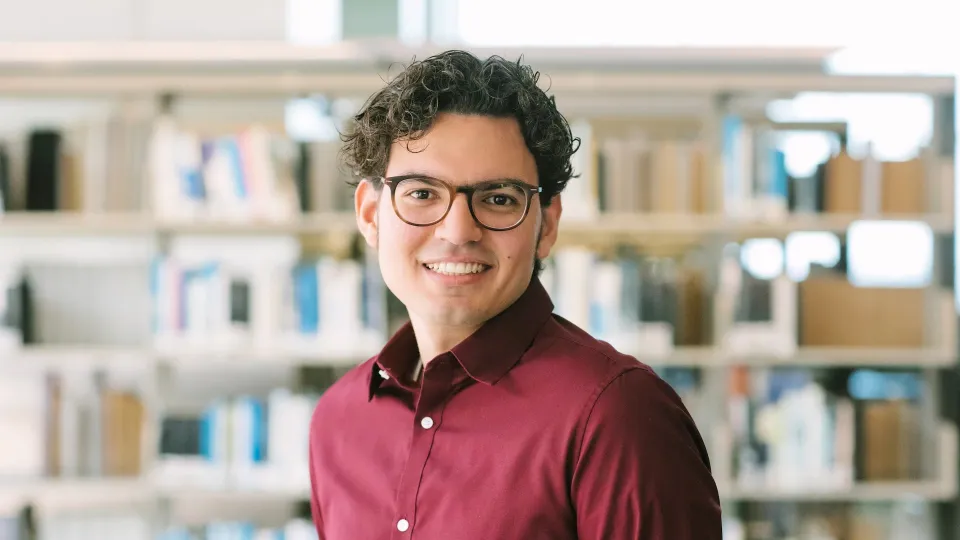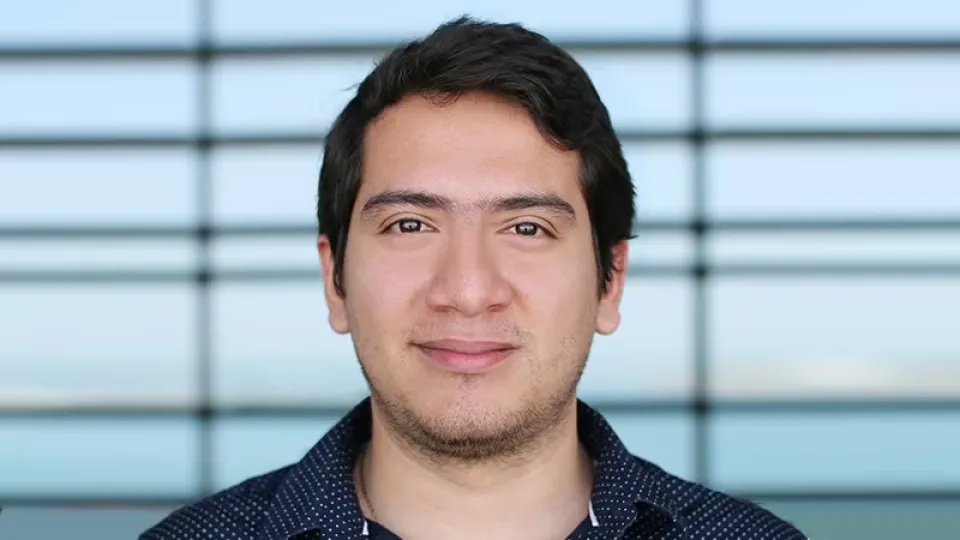Helping computers to see who we really are
Algorithms that train computers to automatically detect human activity in videos can improve online searches and real-world surveillance systems.
About
Recent statistics from YouTube reveal that users are uploading incredible volumes of content—nearly 1000 days’ worth of videos are added every hour to the website. While these numbers may bring joy to browsers of the internet, they challenge companies such as Google who must process enormous amounts of visual information with minimal human intervention.
Now, KAUST researchers are spearheading efforts to transform videos into tools that teach computers fundamental skills about identifying people and their behavior. And two members of the YouTube generation—Ph.D. students Fabian Caba and Victor Escorcia—are playing key roles in developing this technology, which may be applied in fields ranging from online advertising to 24-hour patient monitoring.
“Given the large amount of video data in the world, there is a need for algorithms with the ability to automatically recognize and understand human activities,” said Caba. “Finding ways for software to match humans at analyzing images, it’s one of the holy grails of computer vision research. It’s what attracted me to this domain.”
Read the full article


